In the dumps of Maputo
In the dumps of Maputo
Tobias Schult
May 31, 2018
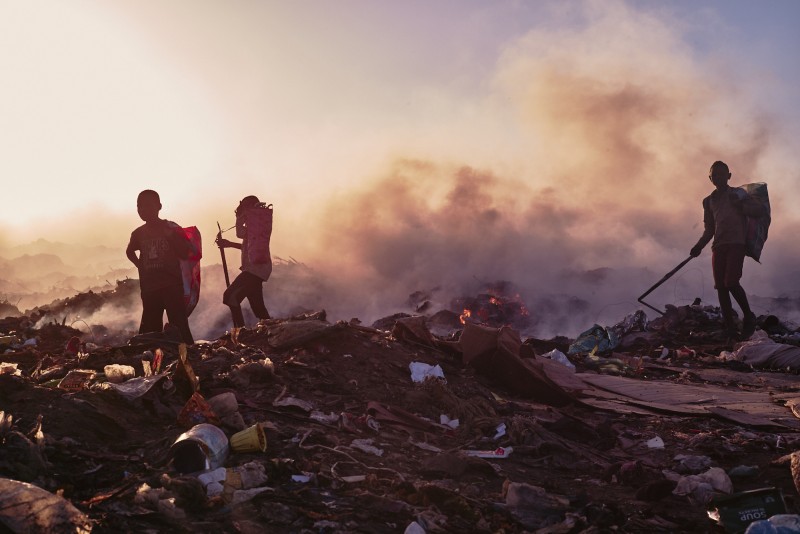
© Tobias Schult
Tobias Schult: When I travelled to Maputo in January 2018, I was initially going there because of another project. I flew there with my good friend Silke, who set up Handle with Care, Handle with Care Medical e.V., an organisation that has been working in Maputo for many years. Silke is familiar with the area, the people and their problems. It was clear to me that I’d also have extra time to get to know the country and its people. On the flight out, Silke told me about the enormous garbage dump in Hulene, one Maputo’s outlying districts. It’s the only dump within the actual city limits, and it’s the largest in the country. Because of the city’s significant growth, the amount of garbage at the site is growing at great speed – so fast that the dump has been considered “overloaded” for a long time, and was supposed to have been closed down ten years ago. Built back in 1968, it now covers an area of over 17 hectares, and is piled up to 15 metres high. The shocking thing is that people work there night and day, and some even live there.
Why do people spend so much time at the garbage dump?
They try to earn a living by finding reusable materials that they can sell. They’re not employed by the state, but are tolerated by it. Most people live in huts close to the garbage site, while some actually eat and sleep there. Many children work day and night there instead of going to school. It’s a vicious cycle, and there’s a unique, latent aggressive tension in the air...
What equipment did you use?
I had a Leica M10 and an analogue MP with me; for lenses I had the Elmarit M 24mm Asph f/2.8, the Summicron M 35mm f/2.0, and the Summicron M 50mm f/20. My guide, Helder, ensured that we were given easy access everywhere in Maputo. In the case of the garbage dump, however, he didn’t manage, even though he knew the guards working at the site. They said it was too dangerous, because many people there have the potential to be very aggressive. However, we didn’t want to simply accept that, so behind the backs of the guards, some of the workers smuggled us in. Together with Helder’s cousin I started to explore the area. If you want to remain inconspicuous, it’s obviously very useful to have small-sized equipment like the M system. After the first, one-hour “guided tour”, I was however only somewhat satisfied. The most photogenic places were those where the guards were hanging out, and it was out of the question that we could go there. When I told Helder that I absolutely needed to do so, he made a deal with the guards. I was allowed to go there, but without anyone to protect me and without a camera bag – just my two cameras. One of the workers in the group accompanied me where I wanted to go. He told me repeatedly that I needed to crouch down as I moved. After half an hour – during which time I was able to take a few portraits of workers – I had reached the exact spot where I wanted to be. That’s where the final pictures in the steam were taken. And then I was caught...
Caught?
Yes. I was taking a photograph when someone suddenly grabbed my shoulder and pulled me up. It was an angry guard who, despite the language barrier, had no problem in communicating that I was in big trouble. I looked around, but I couldn’t see my contact man. It was an unpleasant feeling, but then I suddenly saw him again. He’d brought some colleagues with him, and they were trying to convince the guard; but he was having nothing of it and continued to hold me and my cameras tight. While he was getting increasingly vociferous, I managed to get the SD card out of the M10 and hide it in my sock. When the guard started to pull me in the direction of his office, the workers became physical – they circled around him and grabbed the hand holding my camera, forcing him to let go. Then they simply shouted to me, “run!”. That’s exactly what I did. My adrenalin was pumping and I was grinning from ear to ear, because I had managed to get exactly the pictures I wanted.
What were you feeling when you left the place?
At first I felt very grounded, because we had seen really shocking things in Mozambique: homeless children living in low, vaulted cellar ruins; the state orphanage; and also the garbage dump, which, in the right kind of lighting, looked like a Himalayan landscape. There were tragic and mixed feelings when, two weeks after my return, one of the piles of garbage collapsed, burying the surrounding huts – and at least 17 people as well. All in all, the experience left a strong impression in me. The individual little fires, the billowing smoke, the biting stink – it was surreal, like being in a parallel universe.
Tobias Schult+-
Tobias Schult trained as a photographer in his home city of Berlin, after spending several months in the US as an assistant to his cousin – a professional photographer with thirty years of experience in the field. Today, the married father-of-three has a studio in Berlin, and has been commissioned by companies such as Nike, ZDF and Mercedes. Tobias Schult is represented by the Hauser Fotografen agency. More

© Tobias Schult
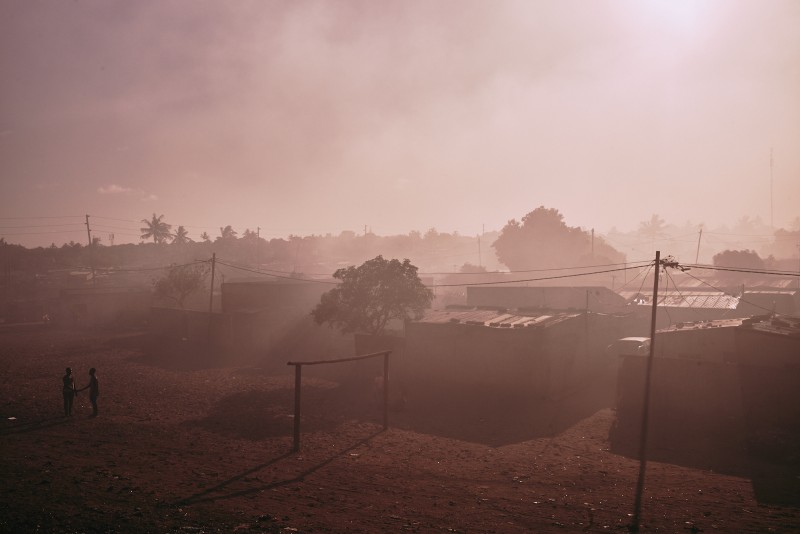
© Tobias Schult

© Tobias Schult
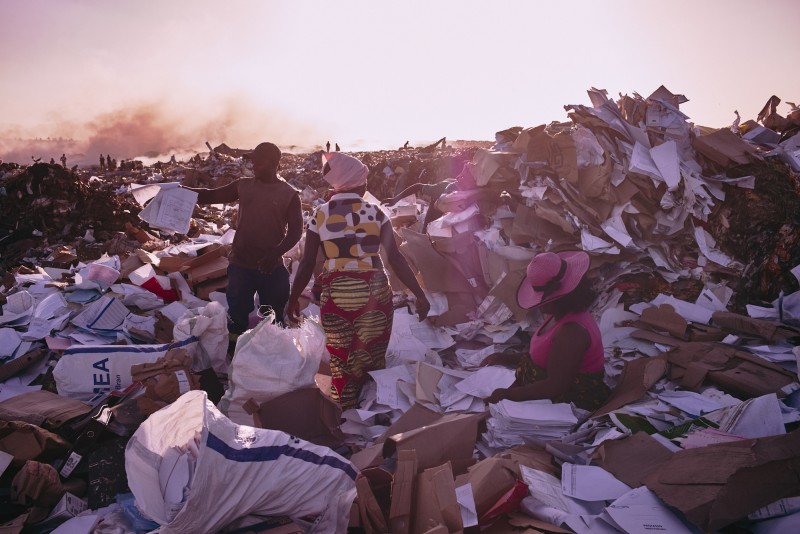
© Tobias Schult
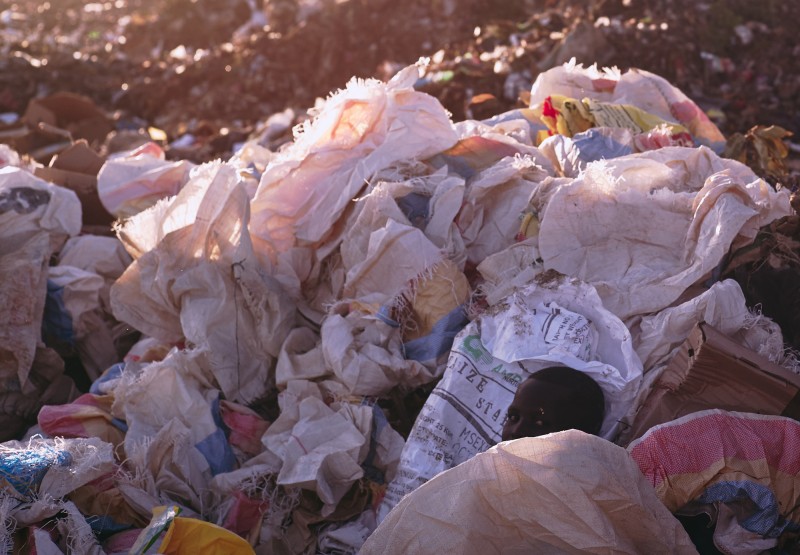
© Tobias Schult
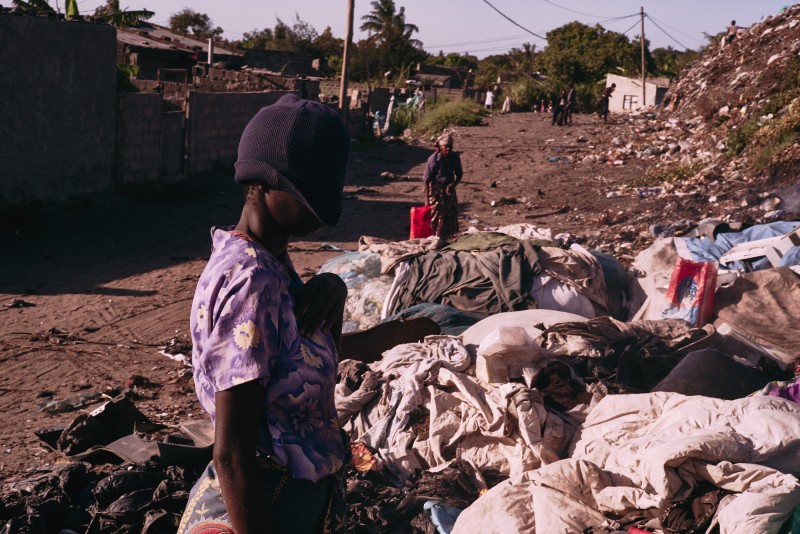
© Tobias Schult

© Tobias Schult
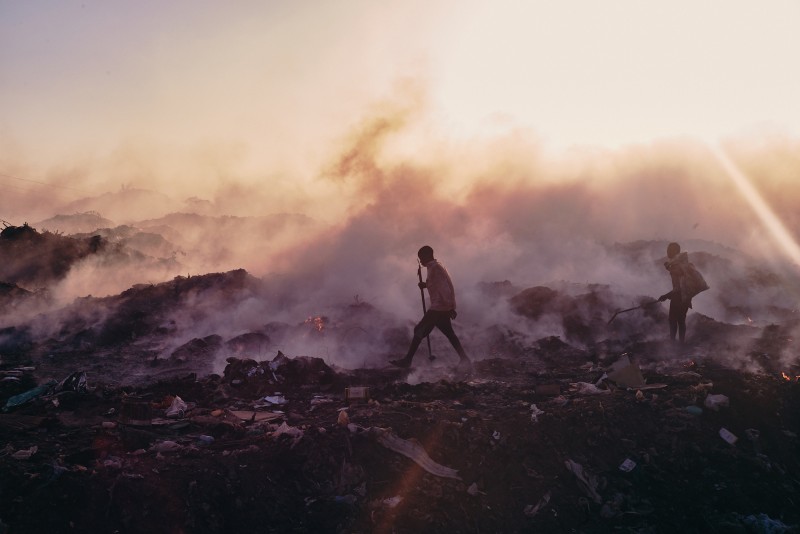
© Tobias Schult
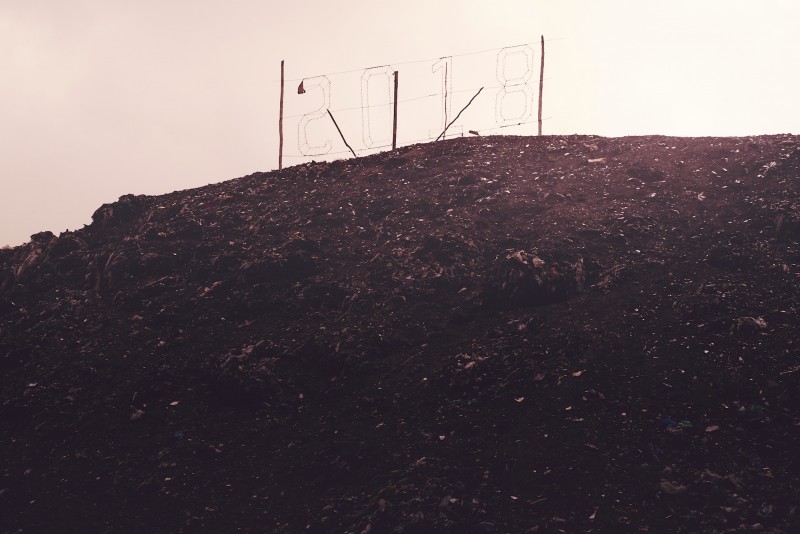
© Tobias Schult
